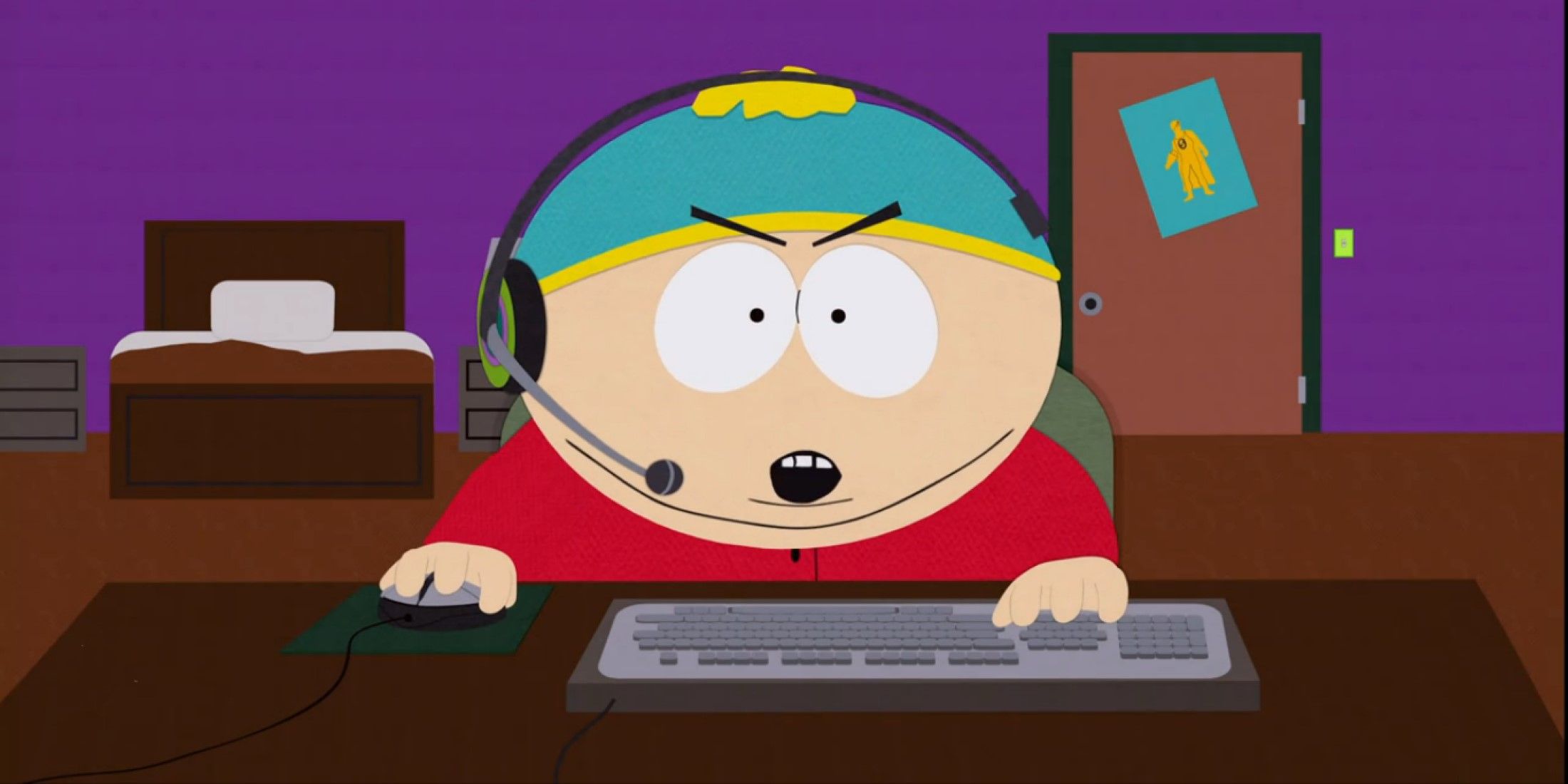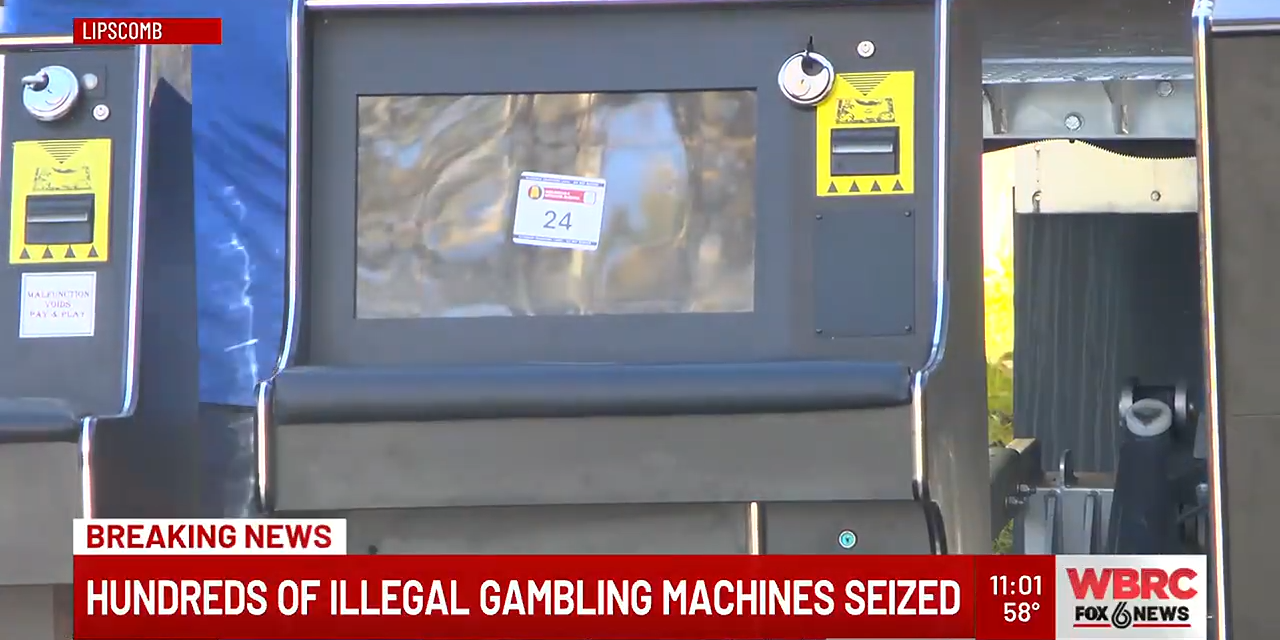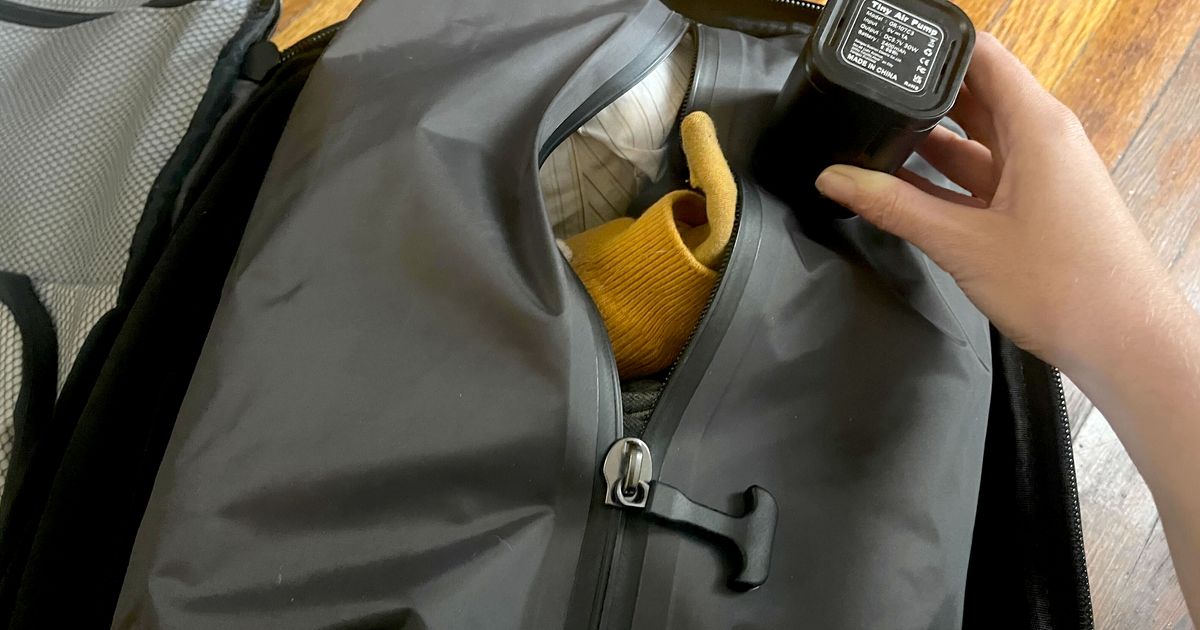World
How to Save the World from Apocalyptic Asteroids

Climate change, global pandemics, bioterrorism, nuclear warfare, artificial intelligence run amok—today’s world offers no shortage of homegrown existential risks to worry about. But one of the most worrisome hazards doesn’t come from Earth at all. Rather, it’s from the astronomical numbers of asteroids and comets that come close to our planet as they orbit the sun. Most of these objects pass by harmlessly, and the vast majority are too small to cause a global crisis even if a cosmic collision occurs, but every now and then a big one hits, to cataclysmic effect. For proof, look no further than Chicxulub, the “Crater of Doom” carved into the Yucatan Peninsula seafloor 66 million years ago by a 10-kilometer-wide asteroid that led to the mass extinction of more than half of Earth’s species, including the dinosaurs. It happened before, and sooner or later it’s likely to happen again—unless, that is, we see the next doomsday impactor coming and manage to somehow prevent its apocalyptic planetfall.
The threat may seem like pure science fiction, but under the umbrella term of “planetary defense,” scientists and engineers around the world treat it with absolute seriousness. In his latest book, How to Kill an Asteroid: The Real Science of Planetary Defense, acclaimed science journalist Robin George Andrews offers a sometimes scary, often humorous and always erudite account of the people and projects striving to safeguard Earth from space rocks and help humanity avoid the dinosaurs’ dismal fate.
Scientific American spoke with Andrews about the state-of-the-art in asteroid detection and deflection techniques, the worst-case scenarios and the reasons for optimism about averting disaster.
On supporting science journalism
If you’re enjoying this article, consider supporting our award-winning journalism by subscribing. By purchasing a subscription you are helping to ensure the future of impactful stories about the discoveries and ideas shaping our world today.
[An edited transcript of the interview follows.]
So, Robin, I’ve got to start out with a couple of burning questions. First, is there a story behind this book’s amazing cover art? Are those people real scientists? One of them looks suspiciously like Paul Rudd. Second, why do you start the book off with a hypothetical asteroid wiping Seattle off the map? Do you just have a grudge against grunge rock, cloudy skies and overpriced coffee or what?
Ha, yeah, there’s not much back story to the art, and no, those aren’t real people! I asked my publisher if we could make the cover look like a poster for a 1980s sci-fi movie, and its graphics team agreed and packed in as many tropes as possible. I think it works well because this is a story about scientists and engineers who are literally trying to save the world—how much more Hollywood heroism can you get? Yet at the same time, the movie-style cover plays with this strange public perception of absurdity about asteroid and comet impacts. Most people are aware of these things based on well-known sci-fi movies—Armageddon, Deep Impact, Don’t Look Up, and so on. But they don’t really consider impacts as things that actually happen—they act as if an asteroid or comet destroying a city is something that only happens in fiction. I can’t think of any other natural disaster that has this weird combination where everyone knows about it but most people don’t treat it as being real.
As for Seattle…, I’ve never been there, and I have nothing against it! I just wanted a suitably cinematic opening, and a city being destroyed works well for that, but I didn’t want to pick somewhere like New York City or London that’s the typical, obvious target for such things—because the point is, it could happen anywhere, right? I did want it to be an American city, though, because any global response would probably be American-led.
Presumably you’re picking the U.S. as the leader because of historic and recent NASA projects, such as the Double Asteroid Redirection Test (DART), which in 2022 slammed a spacecraft into a small asteroid and slowed its orbit by about a half hour. You spent a lot of time with members of the DART team for the book and were even at mission control when the impact happened. What attracted you to that as a focus? And it’s not just the U.S. in the game, right?
I was covering the mission (for Scientific American, in fact!), and the way that [DART co-investigator] Andy Rivkin talked about it really resonated with me. DART was about punching an asteroid so hard that it reconsiders its plans, which is great practice for saving the world from future threatening space rocks. And because the whole point of the mission was for the spacecraft to die, that made it weirdly appealing in a storytelling sense. Everyone on the team was absolutely sweating bullets over this thing getting to the launchpad and then safely to its destination, but in the end what they all wanted was for their precious creation to be destroyed. And it became a genuine feel-good story when everything went even better than planned.
It’s not just DART that has the U.S. at the forefront—it’s also projects like the ground-based Vera C. Rubin Observatory, which should, among other things, discover many potentially hazardous near-Earth objects (NEOs) once it starts observations later this decade, and NASA’s NEO Surveyor mission, which, after it launches in 2027, will use infrared imaging to spot most of the remaining undiscovered NEOs that are 140 meters or larger in size. Those are the so-called city-killers that lots of scientists worry about—small enough to be missed by past surveys but large enough to wreak havoc on Earth. The asteroid that DART smashed into, Dimorphos, was city-killer-sized. And NASA’s also sending one of its preexisting spacecraft, now renamed OSIRIS-APEX, to sidle up to and study another Earth-approaching asteroid, Apophis, during a close pass by our planet in 2029.
Others—especially Europe—are now trying to match tempo on this. The European Space Agency (ESA) recently announced a mission called Ramses, which is going to rendezvous with Apophis, too, some two months before that close pass. And ESA is imminently launching Hera, a follow-up mission to take a closer look at the aftermath of DART’s asteroid-punching. Japan is showing interest in this, too, as is China. Between cataloging the targets, plotting their orbits, war-gaming scenarios and developing countermeasures, I imagine before midcentury we’ll have a genuine-but-rudimentary planetary defense system up and running. And presuming we don’t find anything too sketchy or scary, people will be able to breathe a sigh of relief. Everybody wins.
It seems you’re feeling optimistic about our prospects. Is that because the scientists you talked with were optimistic, too?
Well, they certainly weren’t fatalistic, which would make sense—otherwise, why would they be working on this problem? The fact is that the technology for planetary defense exists, and politically speaking, no one doesn’t want to do this, even though we could be doing much better especially with regard to interplanetary radar surveillance. And if you think about it, the cost-benefit ratio is extreme. It costs very little to do a bunch of this work—especially just finding and cataloging objects—given the practically immeasurable benefits of preventing disaster. I haven’t verified this, but someone once told me that until relatively recently NASA’s annual planetary defense budget was about as much as the agency spends on food and [non-spaceflight] travel—which isn’t very much.
Investing in planetary defense is a no-brainer, and I suppose that relates to the only point of irritation I encountered among the experts, especially at NASA, which is that these sorts of missions usually compete with planetary science missions for funding. That was certainly the case for NEO Surveyor, and it’s a big factor in why that mission has been so delayed. So many planetary defense folks think this doesn’t make sense, and I tend to agree with them. I love all those planetary science missions, but we can’t do any of them if we’re all dead, right? Seems weird to me!
Speaking of everyone dying, are there any scenarios where fatalism might be reasonable? Can we talk about the range of possible threats under consideration here? You write in the book about something called the Torino scale, which is a metric for categorizing the hazard posed by any given object. The bigger the space rock and the more certain its collision with Earth, the higher it ranks on a scale of 0 to 10. So something low-ranking means you should probably keep making your mortgage payments because life will go on, whereas something ranking a 9 or 10 might merit just kissing goodbye to your loved ones and awaiting the end of the world as we know it.
Well, there’s a reason the book isn’t called How to Kill a Comet, for instance. Granted, asteroids are far more common in Earth’s vicinity, so statistically we’re way more likely to be threatened by them. But while they’re less likely to hit us, comets are still scary because they’re surprisingly stealthy. They’re giant, dirty and dark snowballs from the outer solar system. We notice them as they approach the inner solar system and start effervescing and sprouting tails, but before that, they’re basically invisible to us. And sometimes they can be on retrograde orbits, going in the opposite direction of Earth around the sun, which means if one of those hits us, the impact will be much more powerful. You could imagine one very unluckily arriving with very little warning and at very high speed, and I think the only option in that scenario would be an enormous nuclear explosion to vaporize part of the comet and deflect it. But no one has built a bomb big enough to do that job—which, if you think about it, may be a rather good thing.
Back to asteroids, though: it really comes down to how big they are and how much warning we have. Most any Earth-threatening asteroid is going to be coming in really fast, carrying a lot of kinetic energy. But that means even small increases in mass equate to enormous increases in destructive potential, so things can escalate very quickly. Something a few meters across might make quite a loud boom as it breaks apart and burns up in the atmosphere, but you’ll be fine. Something 10 meters in size can produce a deafening explosion, but it probably wouldn’t damage many, if any, buildings or anything like that. Twenty meters, you’ll get shockwaves that shatter glass windows over a large area; at 40 meters you’ll see wooden buildings being knocked down and forests flattened from the airburst. A 60-meter space rock may not hit the ground, but it will annihilate that forest and could send nearby cars tumbling and people flying off their feet with exploded eardrums. From there, some of the details get sketchy. But there does seem to be this critical size, the “city-killers” of 140 meters or so, where an actual impact with the ground occurs, and the asteroid basically destroys everything it touches and excavates a big crater. But that’s still pretty localized destruction. When you get to 400 meters, 500 meters, it’s no longer a city-killer; it’s a country-crusher, something that would devastate a big geographical region. And once you’re getting into a kilometer and above, that’s the scale that would be very bad news for our civilization—the sort of thing that you’d feel the effects from even if you were on the other side of the world.
And the bigger the asteroid, the more lead time you’d need if you’re going to try to somehow deflect it, nudge it out of the way. Ideally you’d want decades to prepare, which is why early warnings are so important. For smaller ones with more localized effects, and assuming minimal warning of maybe six months or less, absent something extreme such as launching a “Hail Mary” nuclear barrage at it (which has its own risks!), we might be better off just evacuating the projected impact area and taking the hit. Lots of asteroids aren’t monolithic rocks; they’re more like rubble piles. If you hit them the wrong way, especially with nukes, then instead of being deflected, they just break apart, and Earth is struck by a bunch of radioactive buckshot rather than by a single bullet.
What, then, would be a worst-case scenario in your view—maybe a retrograde comet coming straight at us out of the sun’s glare, giving us only days to respond?
You know, honestly, if we just had days to react, I don’t think that would be the worst-case scenario. Imagine instead if we had 20 years of forewarning but the object was so big that we couldn’t do anything about it. Think of the dread and how the world, societally speaking, would struggle with it. Everyone would become a nihilist, surely. Maybe that’s the worst-case scenario.
But let’s not leave this on such a gloomy note. Thanks to a lot of work that’s already been done with previous surveys and missions, we already know about the biggest, most worrisome asteroids out there—and none of them are really that worrisome; they aren’t going to hit us anytime soon. And thanks to new projects such as NEO Surveyor and Rubin Observatory, within a decade or two we’ll have found upward of 90 percent of the asteroids that may threaten Earth in the next hundred years. At that point we’ll be pretty confident [about] whether we have to go out and try to kill some asteroids or whether we can chill. This wouldn’t completely rule out every possible impact threat, but it’d get pretty close, and it would give us a much better sense of what’s really going on. It’s hard not to feel optimistic about that.










